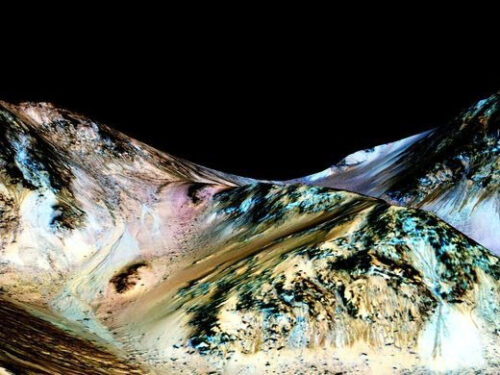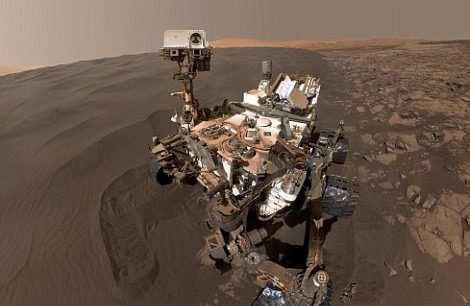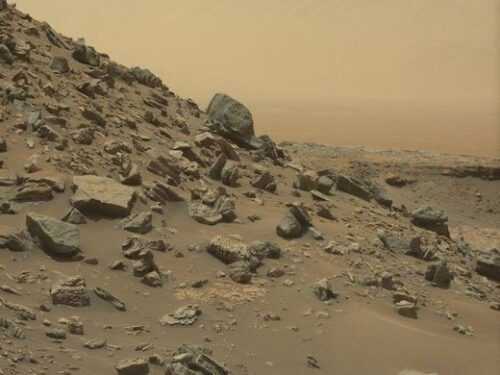
Exciting news from NASA has captured the world’s attention: humans could potentially inhabit Mars.
Following groundbreaking discoveries by NASA’s Curiosity Mars rover, the agency announced the presence of primitive organic materials dating back 3 billion years—revealing the “building blocks of life” on the red planet.
With carbon-containing molecules and earth-like organic elements found in Martian mud, the possibility of life on Mars has taken a significant leap forward.
In this article, we explore NASA’s recent findings and the potential for humans to set foot on Mars.
Mars: The Most Earth-like Planet
According to Jim Green, NASA’s chief scientist, Mars is the most Earth-like planet in our solar system.
Its breathtaking landscape boasts majestic mountains, a massive volcano, and ancient dried-up lakes that hold the hope of rediscovering water sources.
These similarities to Earth make Mars an enticing destination for future exploration and potential colonization efforts.

Challenges and Conditions on Mars
While Mars offers remarkable possibilities, humans must contend with inhospitable conditions.
The planet’s harsh weather includes extreme temperatures, with daily fluctuations ranging from -170 to a chilly average.
To survive, astronauts would require continuous use of space suits until a permanent solution is established.
Moreover, the thin atmosphere rich in carbon dioxide necessitates the use of oxygen tanks.
Dust Storms and Energy Concerns

Mars experiences frequent dust storms, occurring roughly every 26 months during the summer season.
These storms can last for days, obscuring sunlight and casting a perpetual dusk-like ambiance.
As witnessed with the Curiosity Mars rover, solar-powered equipment faces challenges during such events, raising concerns about energy supply and potential damage.
Building a Sustainable Future
Jim Green revealed that future Mars pioneers would not merely explore the planet but undertake a broader mission of establishing self-sustaining communities.

Setting up farms to produce food becomes essential, with beans, asparagus, and potatoes identified as viable crops for Martian cultivation.
Additionally, utilizing 3D printing technology to create essential items using Martian dust represents a revolutionary approach to resource utilization.
With NASA’s recent findings and plans to send humans to Mars in the near future, the dream of establishing a human presence on the red planet is closer than ever before.
Although challenges and adaptations must be overcome, the allure of exploring Mars and potentially building a thriving community offers an exciting vision for humanity’s future.

As NASA continues to uncover more about Mars, our understanding of the universe expands, and the possibility of humans calling another planet home becomes increasingly tangible.
